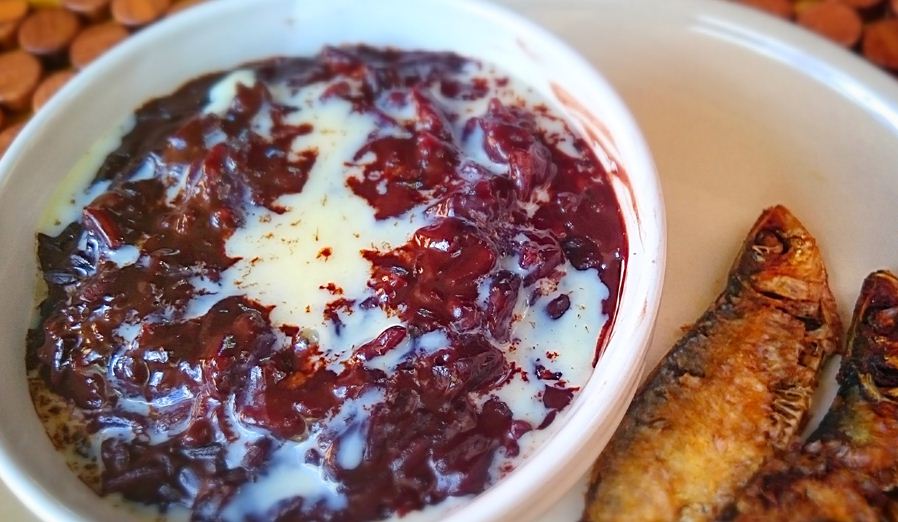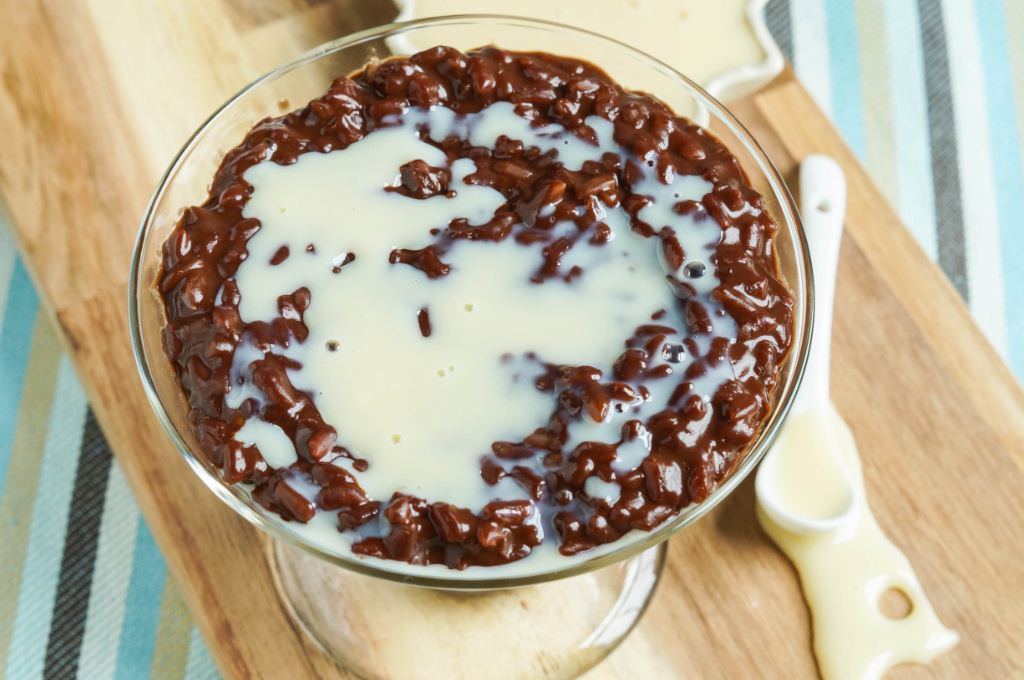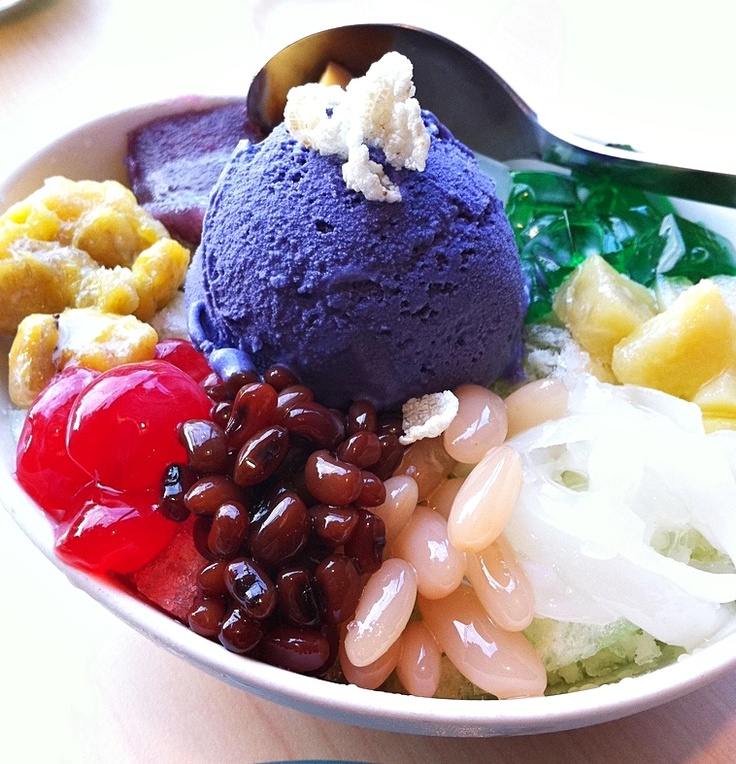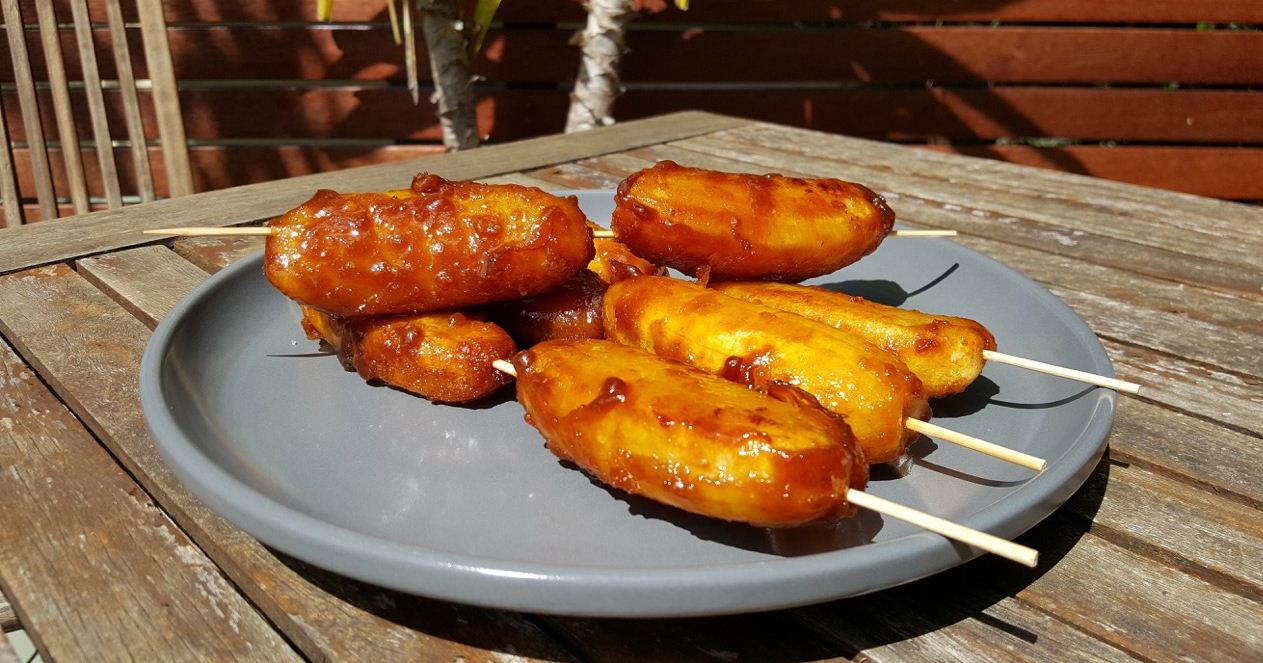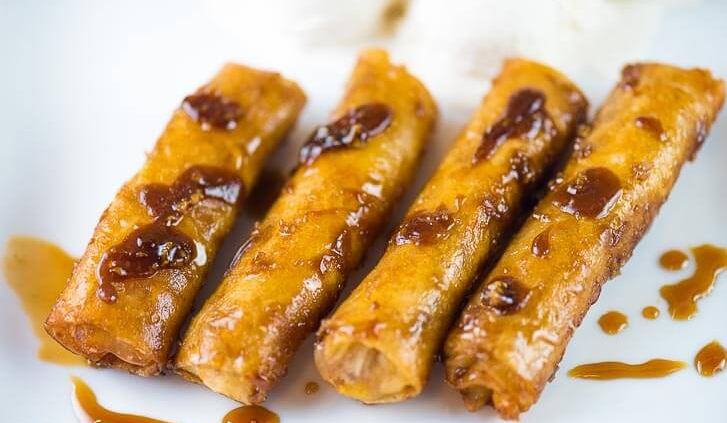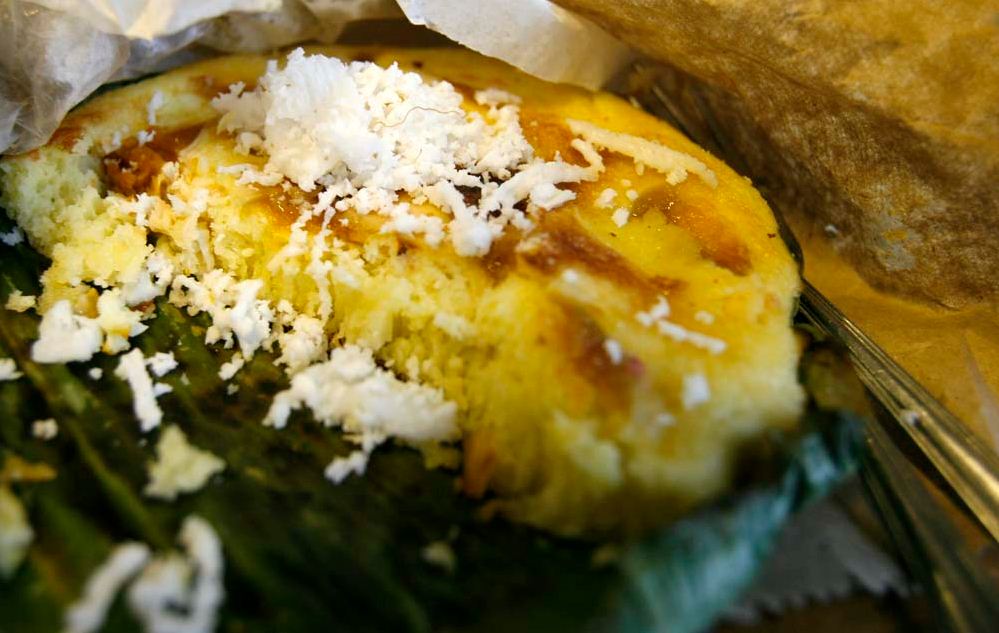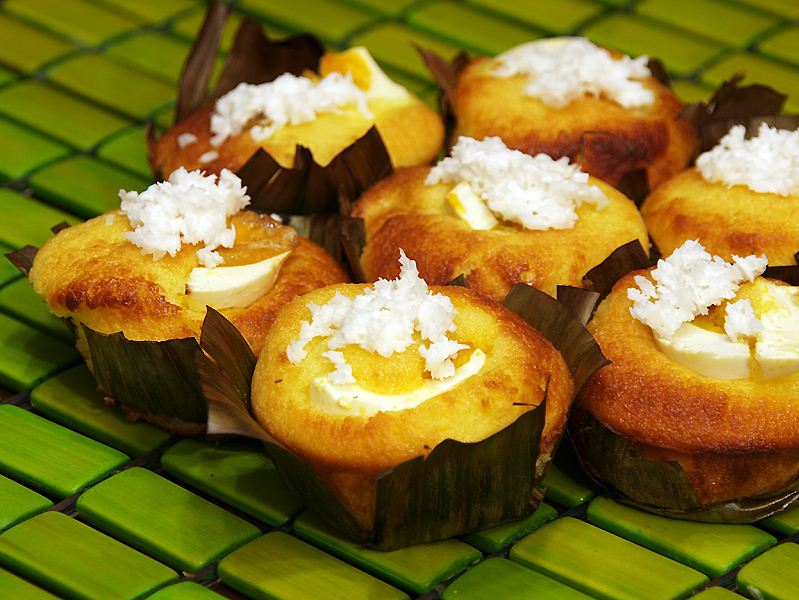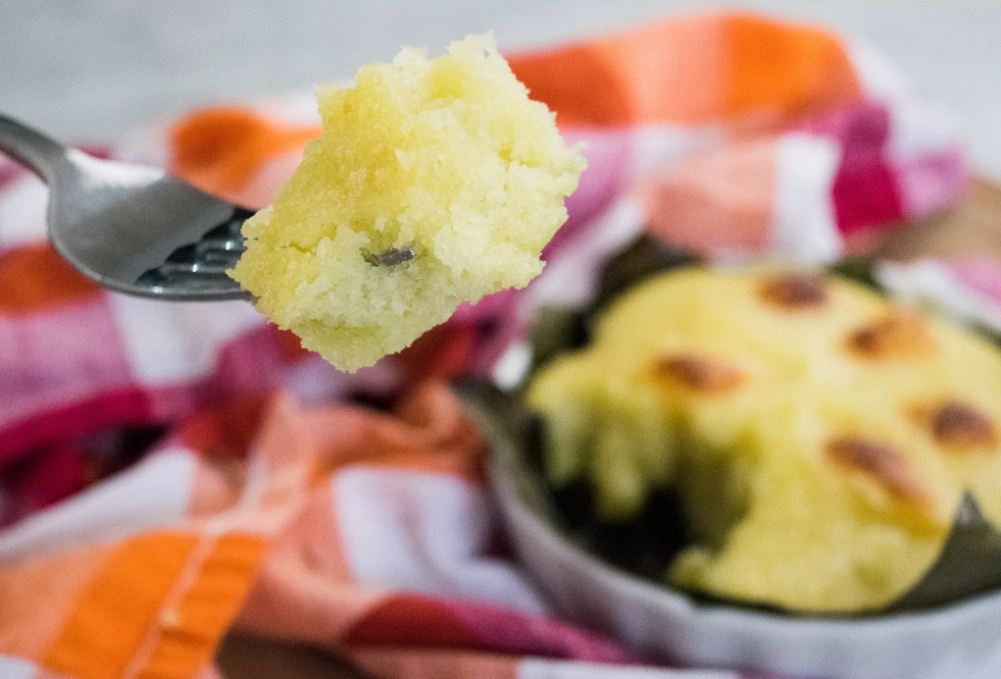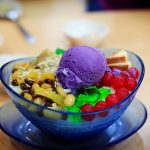Pinoy dessert — 5 typical Pinoy sweet dishes for dessert
With over 7000 islands, thousands of different types of seafood, tropical fruit, veggies, and brilliant chefs, Philippines cuisine is like a box of chocolates where you never know what taste you’re going to receive until you bite into it. Now, let’s look at 5 delicious Pinoy desserts popular among Filipinos.
Champorado — A chocolate breakfast
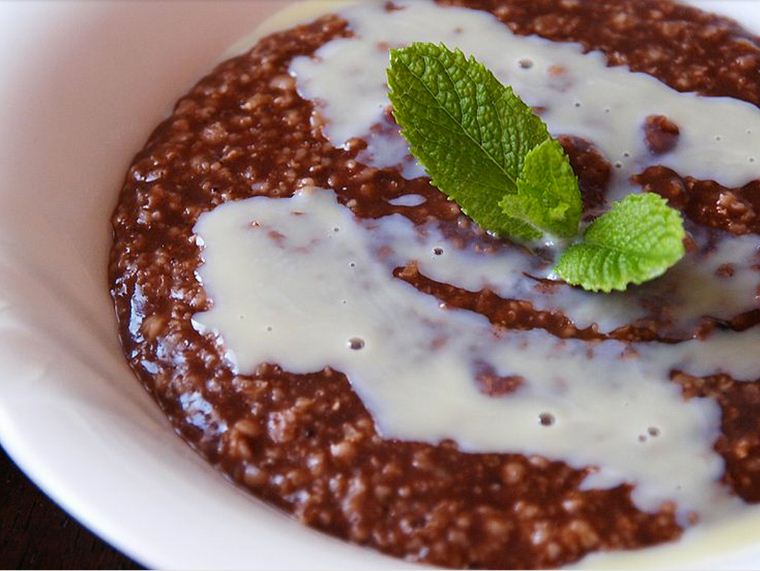
When I wake up in Ilo Ilo, Philippines, I don’t go for fast meals or a slice of cake from a convenience store. I follow my friend, who is inquiring about typical sidewalk breakfast booths. During the rainy season, the weather is comparable to that of Vietnam. The sky is overcast and the wind is howling. A cup of hot chocolate would be ideal on such a day.
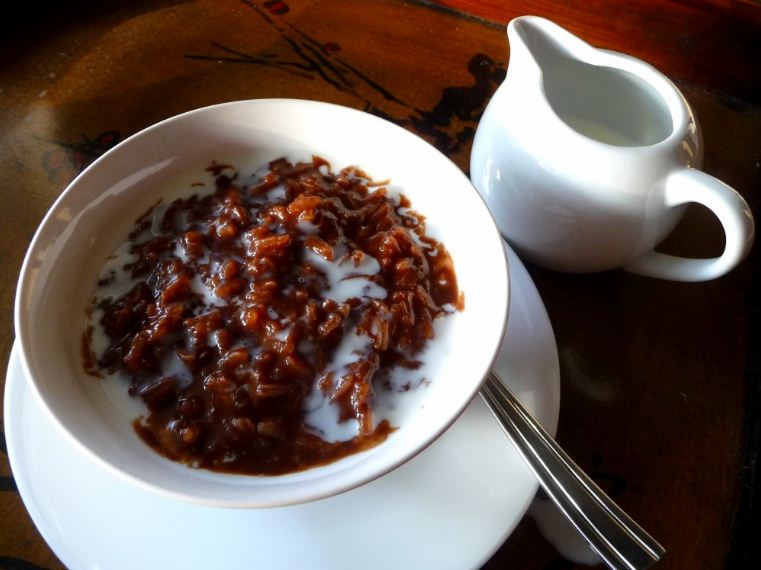
When my native buddy overhears my thoughts, he quickly takes me to a mobile food stand. A bowl of this aromatic rice cocoa dessert appears in front of me after a little while. Despite the rain and wind, several youngsters enthusiastically drag their mothers to the stall. The only word I can get out of their enthusiastic conversation is “Champorado.” When the cold and rainy season arrives, many youngsters yearn for this sticky rice porridge for breakfast.
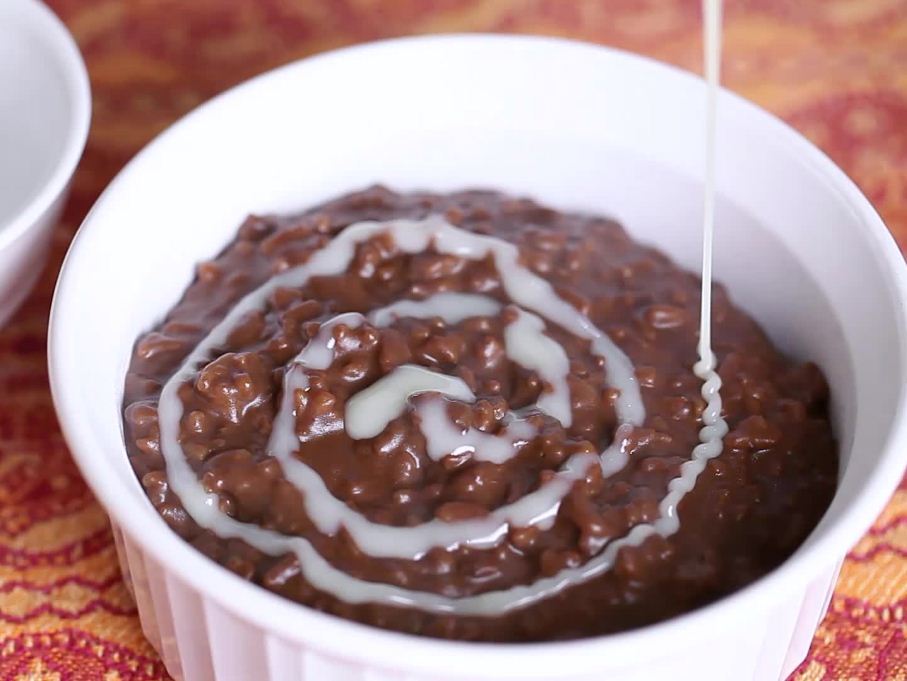
In Pinoy cuisine, people pay a lot of attention to the suitable combining of sour, salty and sweet tastes. Champorado is also cooked according to this balance. This dish is made from sticky rice cooked with a special chocolate (bitter sweet chocolate of 77% coca), brown sugar and sugar- free evaporated milk. Champorado has a very rich brown color. One interesting thing about this porridge is that it can be served hot or cold. If you have it for breakfast, you should have while it is hot. When cold, you can enjoy this dish as a snack in your break time. Sometimes, Champorado is served with dried salted fish, which is locally known as tuyo.
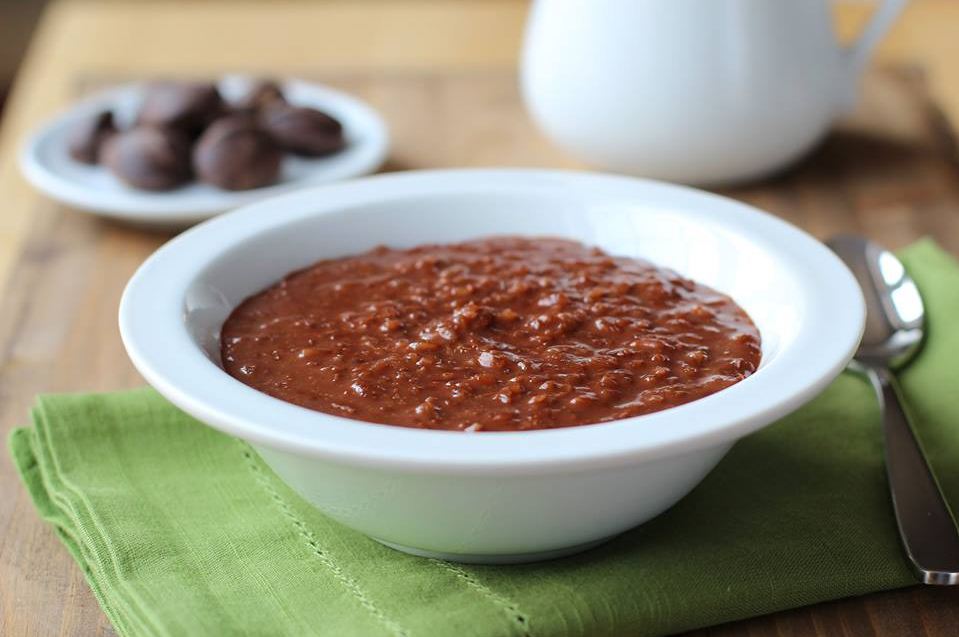
This dish is easily found at many Filipino food stalls. For those who are too busy to visit a food stall, then a triple chocolate Champorado at Max’s Fried Chicken in Manila is also a good choice.
Halo-Halo — Let’s mix together!
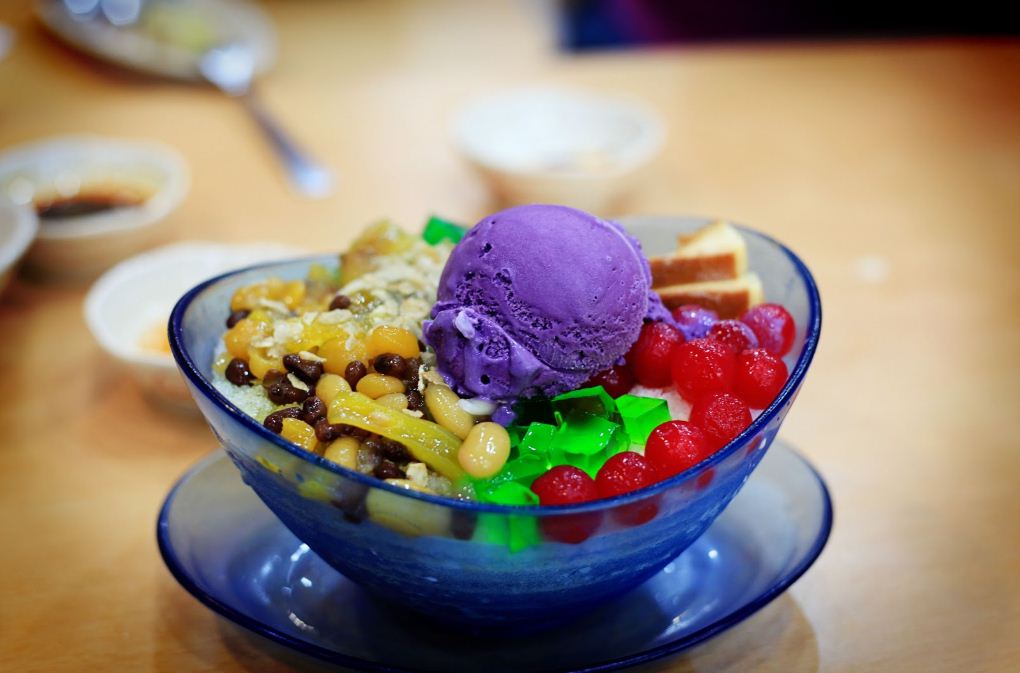
When arriving in the Philippines, if you have not tried Halo-Halo, you are considered to have only set one foot on the land. Appearing on famous TV shows and in prestigious newspapers, this dish was also the theme for a Top Chef episode.A mixture of different ingredients, this popular dessert is an excellent example of typical of Filipino cuisine.
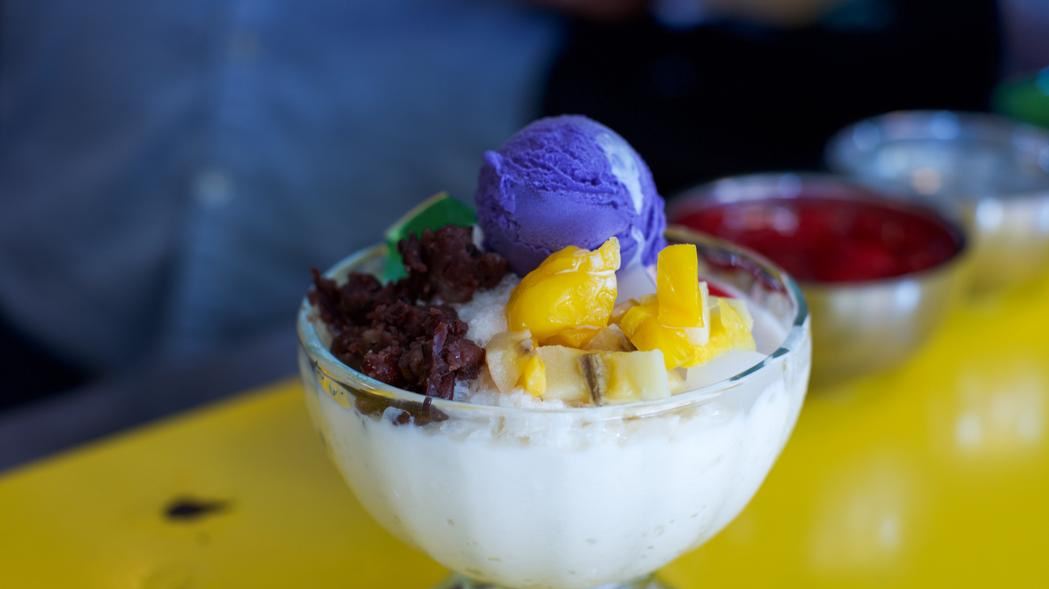
In a serving of Halo-Halo, there must be a purple yam, known locally as“Ube”). People here really like ube. This is why ube is an ingredient in many mixtures, ice creams and cakes. Can you guess why ube is so popular? It is simply because the purple color of ube is similar to the color of Philippine’s 100 peso notes. So, this is also the color of luck and prosperity. The practice of making Ube Haleyang, making Ube cakes and serving these cakes during New Years has become a tradition to people in this country.

Coming back to a glass of famous Halo- Halo, under the purple ube is a layer of crushed ice and some evaporated milk. Under the ice you can see ripe sliced jackfruit, banana and mango – ingredients which are similar to those used for making Vietnamese fruit mixtures. The difference is that there is a layer of tapioca, jam, flan and a variety beans used in making Halo Halo. When the dish is served, it is eaten by mixing all the ingredients together, allowing you to enjoy the combined flavors.
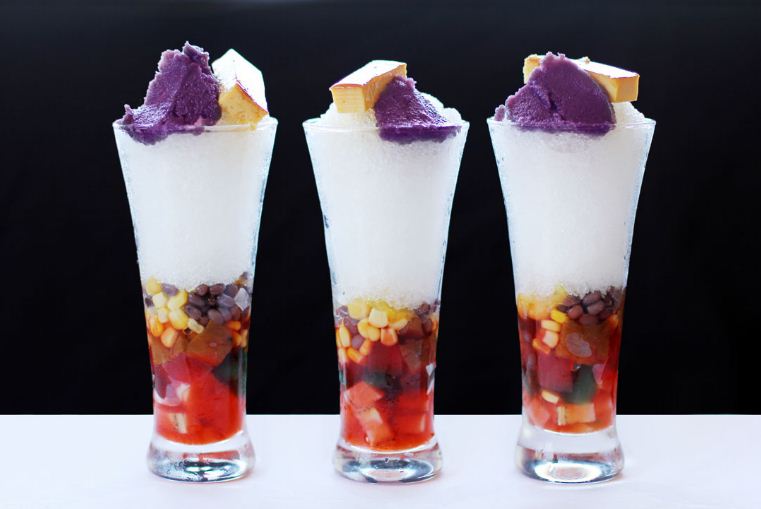
BBQ banana party with Turon, Banana Q, Ginanggang & Maruya
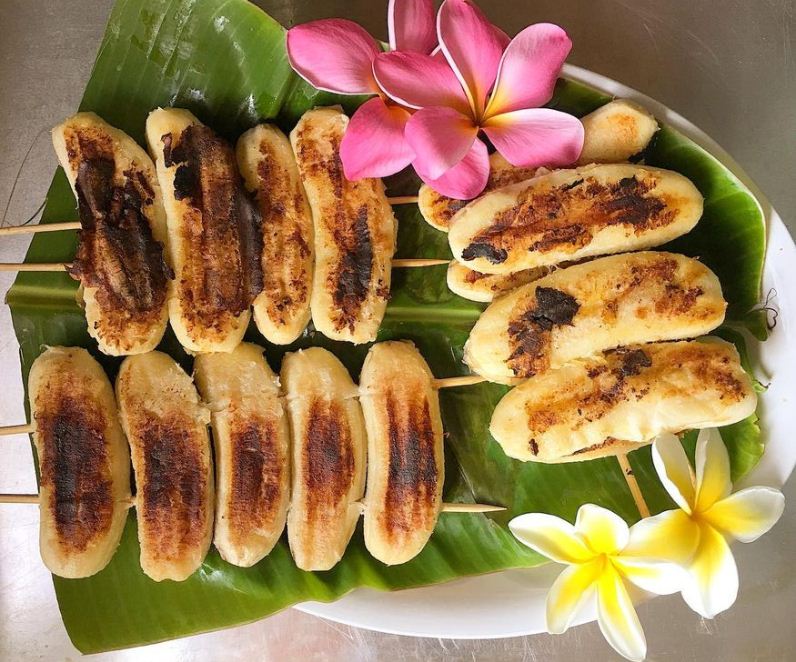
Bananasin the Philippines are very large, almost 3 times the size of Siamese bananas in Vietnam. Their skin ripens into yellow. Despite their size, these bananas are still very aromatic. This variety is not so sweet, however. Although they can be served as fruit people here use them in cooking. This is known as the Saba or Cardaba banana. Travelling through the Philippine market, I am surprised at the variety of dishes made from bananas. Four of the dishes that I must try are Turon, Banana Q, Ginanggang and Maruya.
Maruya is quite similar to Vietnamese fried banana. The banana is sliced thinly; then pressed into flour. Sugar or honey is added and then the bananas are fried. The fried banana is usually covered with some syrup before being served. Because this kind of banana is not as sweet as Vietnamese ones, you do not need to worry that this dish is too sweet when it is ready.
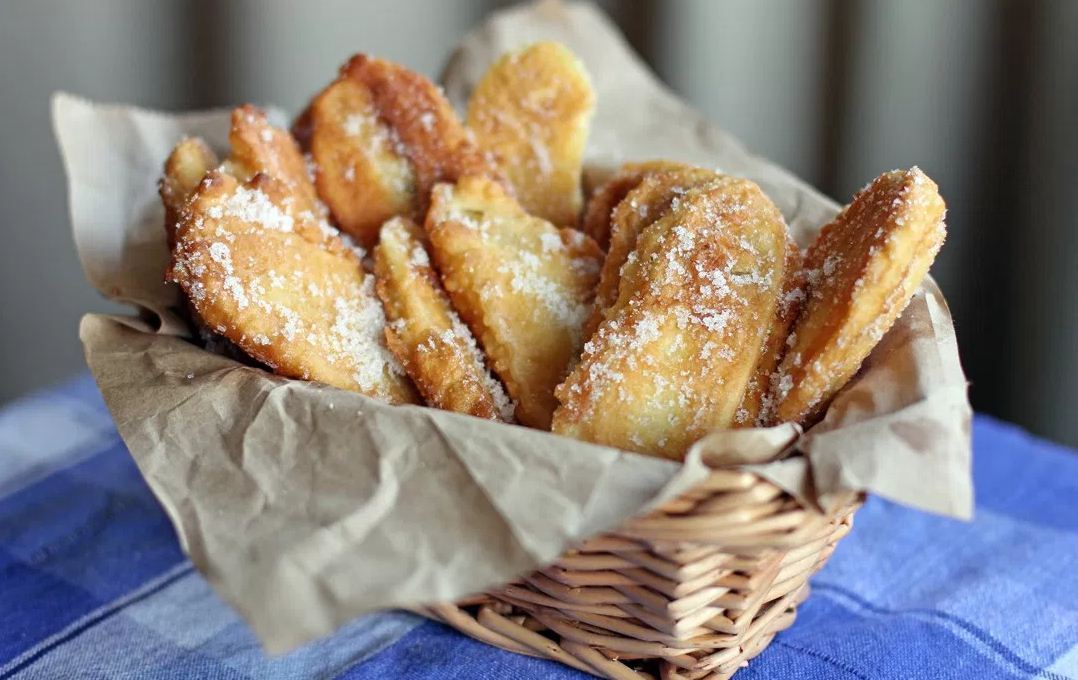
Ginanggang is an appealing aromatic baked banana. In BBQ parties, it is impossible to leave out Ginanggang. Big Saba bananas are skewered on bamboo sticks and grilled over charcoal until the banana changes color. Butter is added and the bananas are continued to be grilled until they turn golden brown. Finally, the bananas are covered with some sugar.
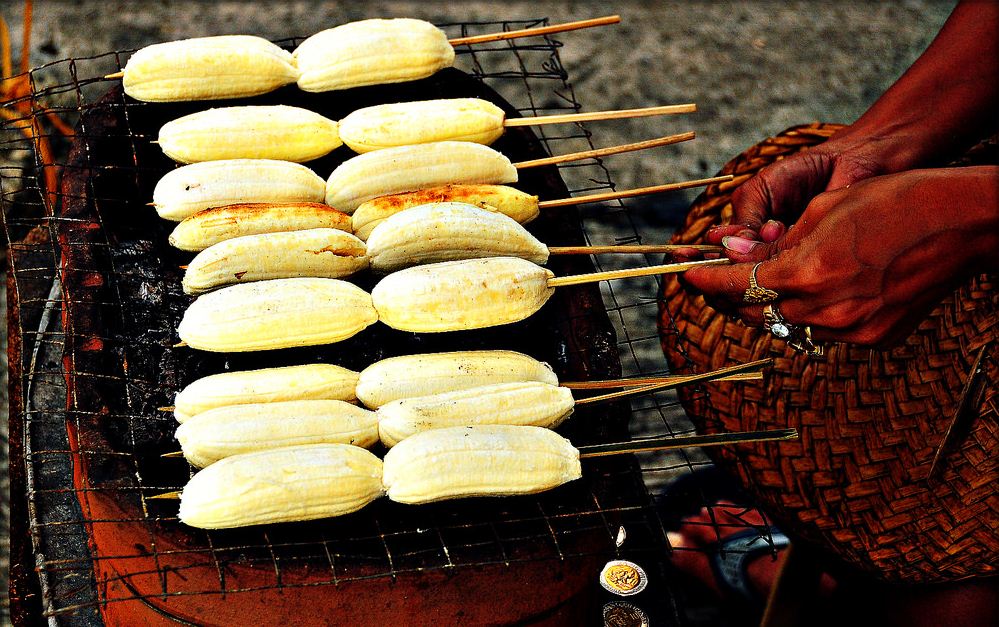
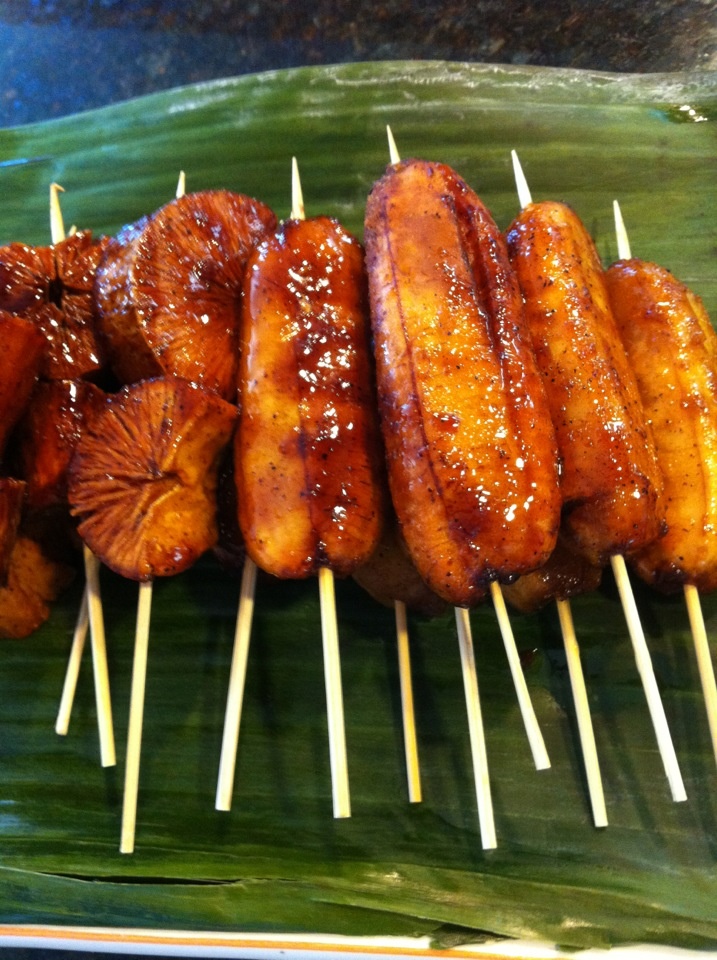
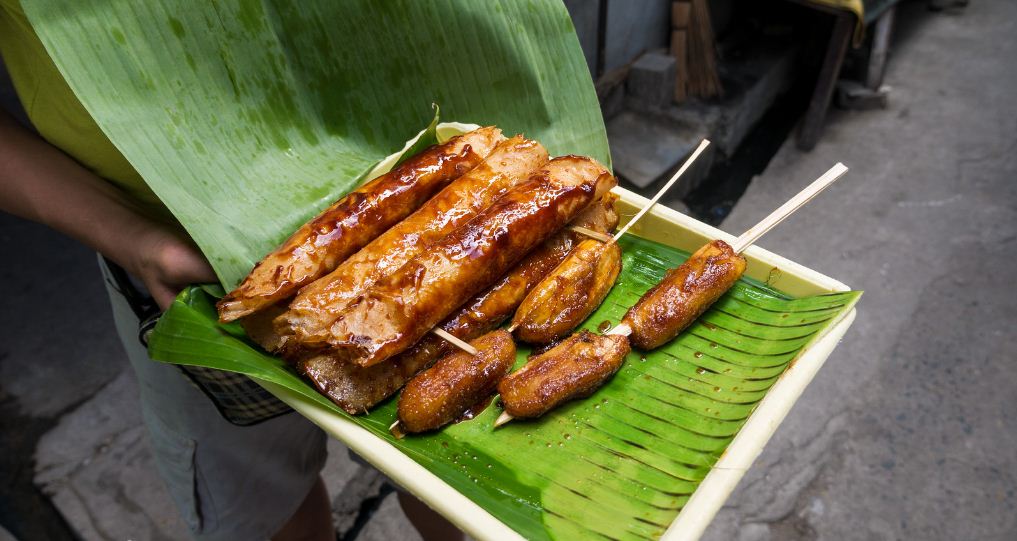
Bananas are peeled, sprinkled with sugar, then fried until the sugar melts into brown caramel using Banana Q, also known as Banana Cue. Instead of creating Banana Cue, try covering the bananas with a layer of rice sheets and some jackfruit leaves before frying them. Turon, or “banana rolls” as I call them, are now available. Even those with little cooking skills may prepare this dish at home. Bananas are halved and wrapped in brown sugar. Bananas are frequently served with slices of sweet jack fruit or ripe mango. You may also top it with some cheddar cheese if you like. Rice paper is used to wrap everything. When the oil begins to heat, add the banana spring rolls and wait for the sugar to caramelize and coat the wrappers. They are now ready, and you can begin your banana BBQ party!
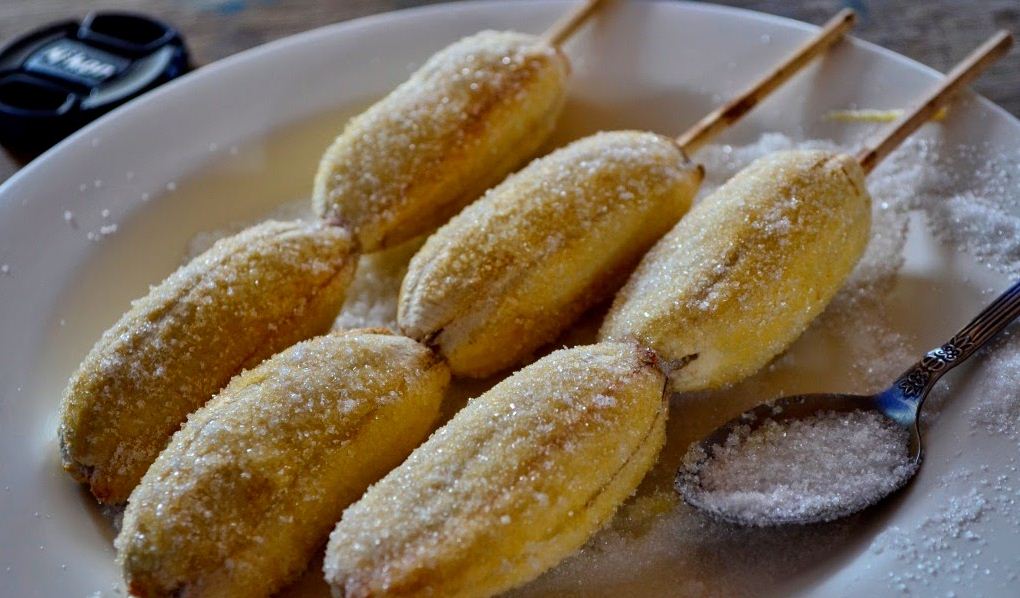
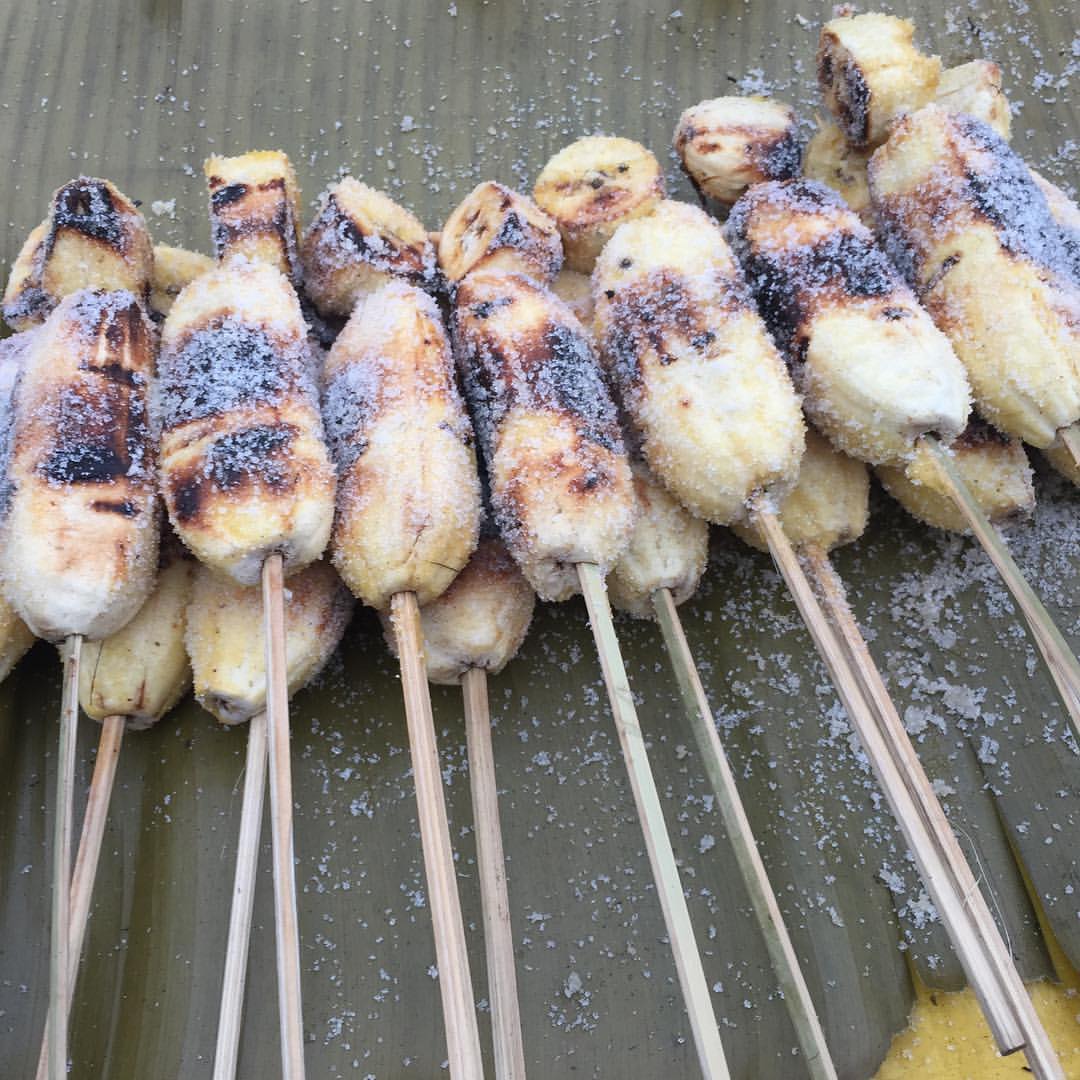
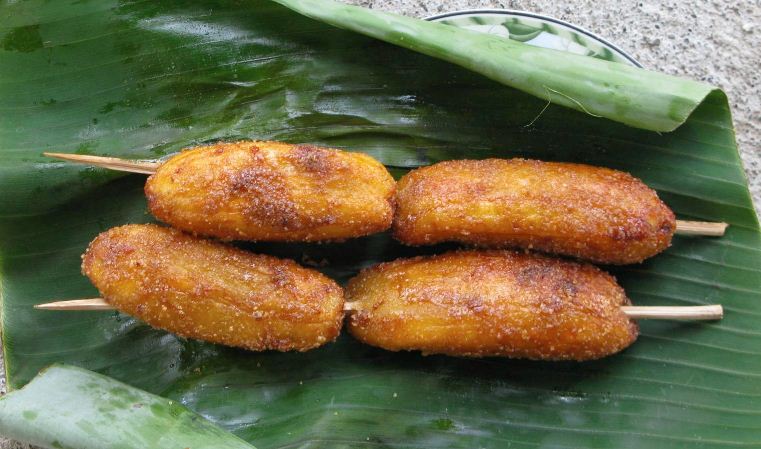
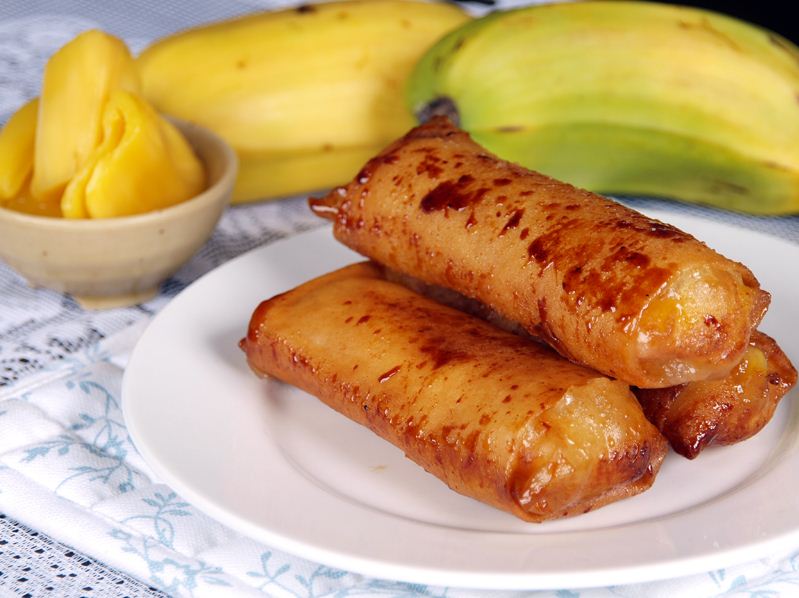
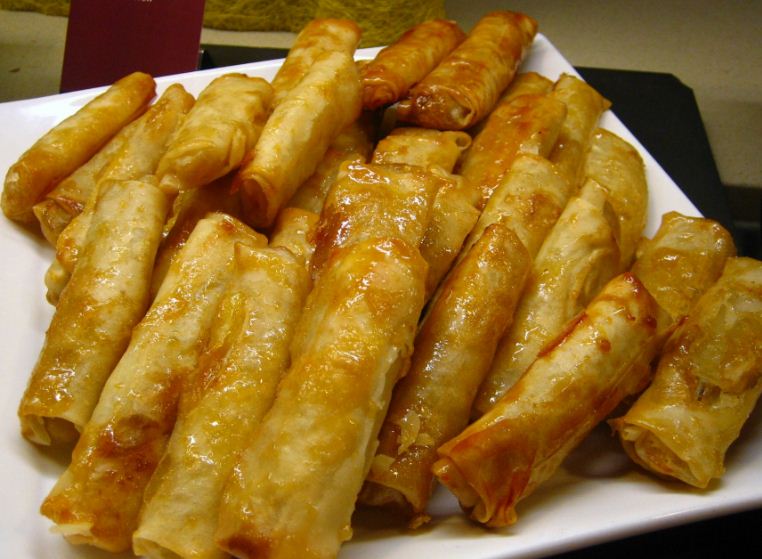
Pastillas de Leche for tea party in the tropical region

Pastillas de Leche is a Spanish delicacy prepared with fresh milk that is derived from the Spanish dish Leche Frita. It is often served during family reunions. A Vietnam native is likely to be familiar with fried condensed milk, which rapidly became a favorite after its debut in Vietnam. However, if you dislike the scent of frying oil, Pastillas de Leche is an excellent alternative.
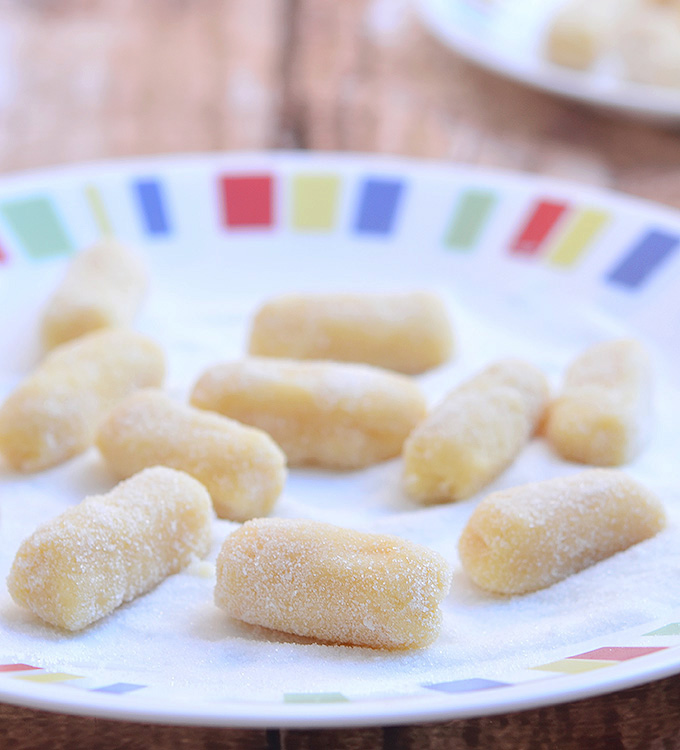
This dish is typically made using buffalo milk or carabao milk since it is heavy in fat and easy to convert to cream. To thicken the mixture, bring the carabao milk to a boil and add some sugar. Stir the mixture until it reaches a boiling point. Then, either pour the mixture into molds or wait for it to cool and roll each piece with your hands. Roll each length in sugar, and you’ll get plump, thick “milk sausages.” Pastillas de leche is a popular street snack in the Philippines and is typically served during tea parties.
“Milk pieces” can be shaped into tablets or capsules. They may be stored in the refrigerator to keep cold. But be cautious! This meal is simple to prepare and quite addicting! These might be unique Christmas gifts for your loved ones.
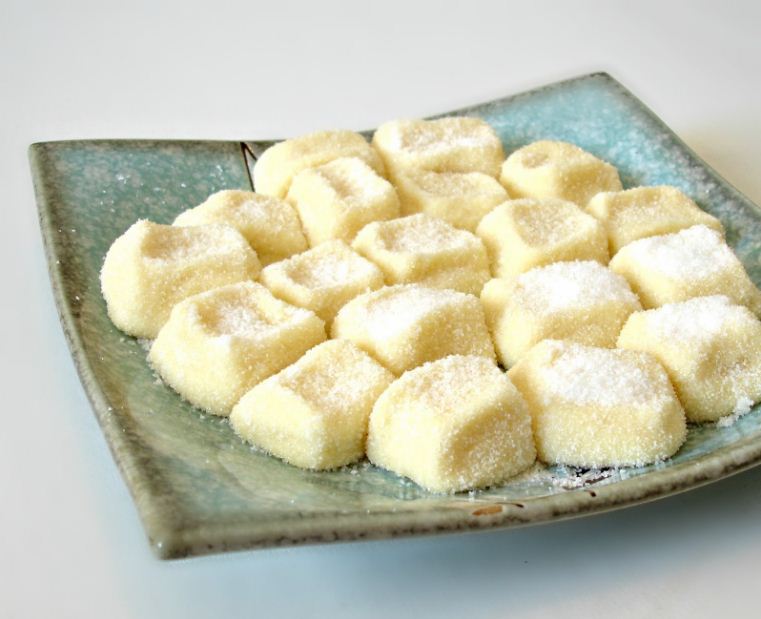
Christmas taste of Bibingka
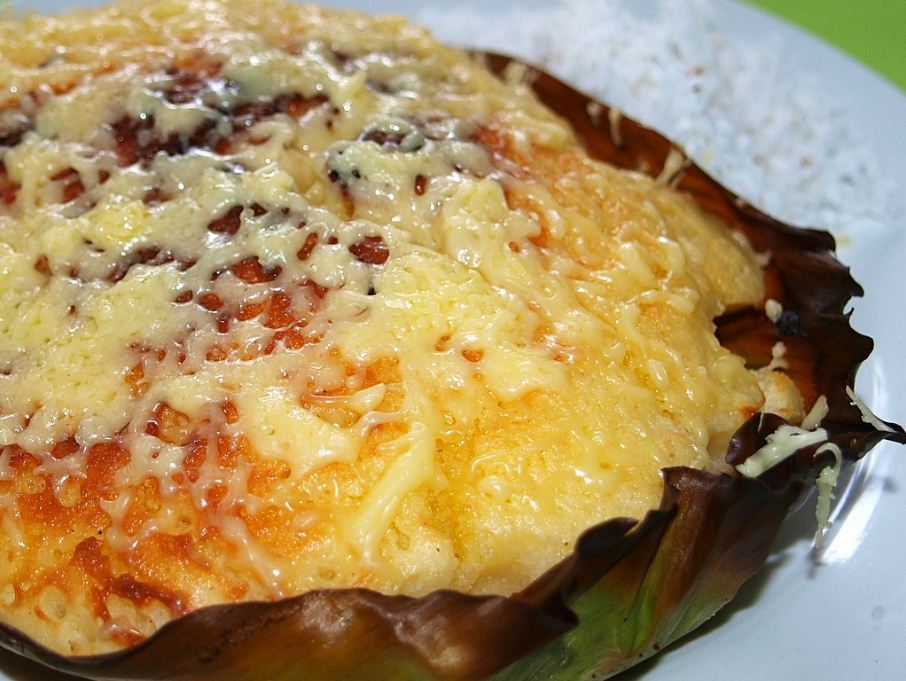
While Europeans equate Christmas with turkey, Filipinos cannot forget Bibingka on Christmas morning. This delicacy, which originated in China, is a popular dessert among Filipinos. This cake is moist, delicate, and not too sweet.
Rice flour, coconut milk, egg, sugar, butter, and milk are used to make bibingka. Combine the rice flour and sugar in a mixing bowl, then add the flour to an egg, coconut milk, butter, and milk combination. Shake the ingredients well. To make the mixture spongy, do not stir it before dumping it into a big dish covered with a banana leaf. After baking, the cake is hot, moist, and spongy, and you may top it with salted eggs or coconut. Some people add kesong puti cheese or pineapple to their Bibingka.
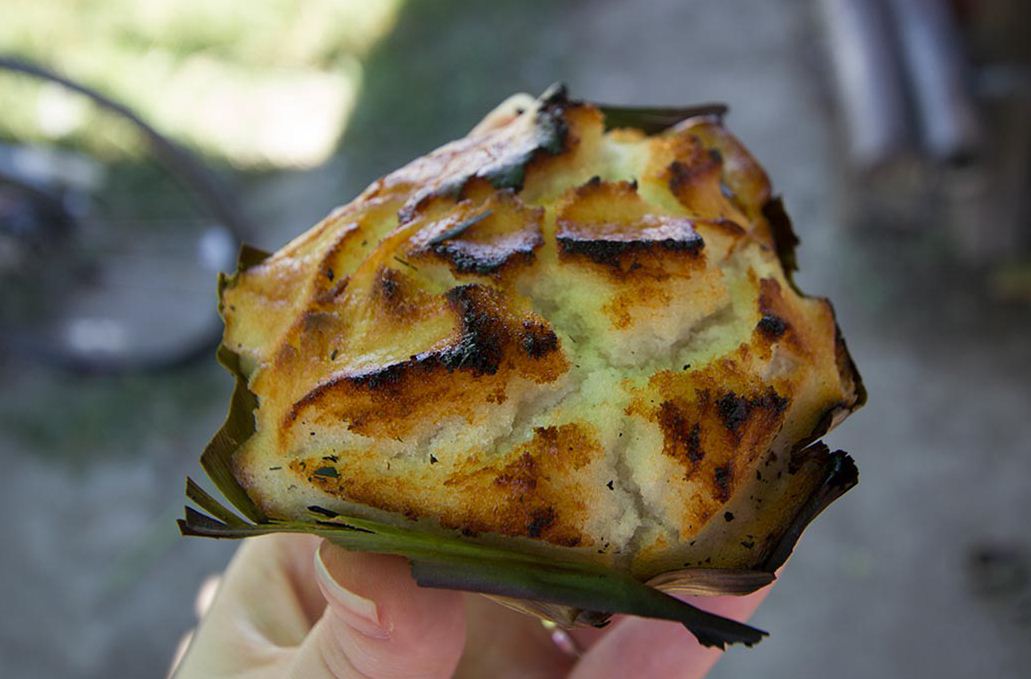
Bibingka is frequently sold in front of churches during the Christmas season. If you visit the Philippines around November or December, you will have a variety of Bibingka to choose from. There are also vendors that offer Bibingka with a coating of Balut on top (fertilized egg). You can also find hot Bibingka in open-air markets or bakeries like Frino’s Bibingka in Metro Manila.
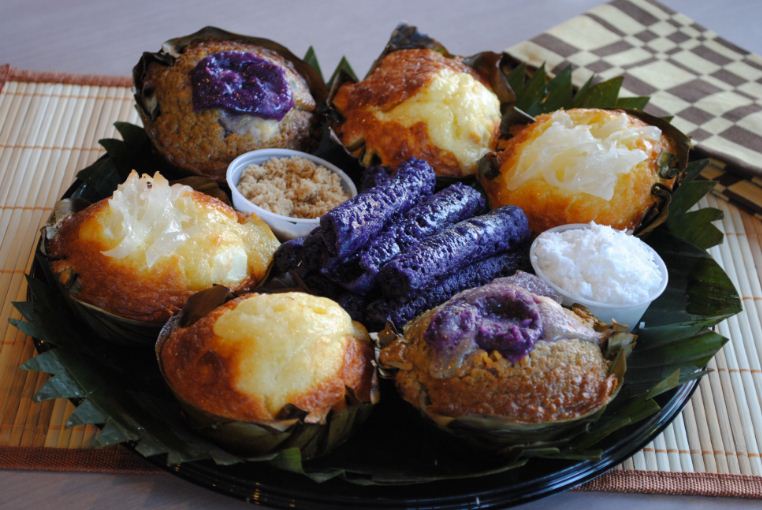
The cuisine of the Philippines is a fusion of several cultures, including Spanish, Chinese, and Indian, as well as cultures from nearby nations such as Vietnam, Indonesia, and Malaysia. Cuisine may be thought of as a window into a country. Trying Filipino foods, I am struck by the pleasant flavor, friendliness, and warmth of the people here.











